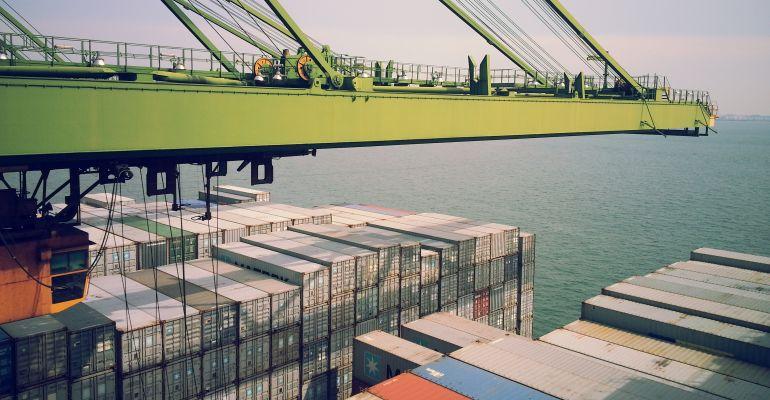Long term freight rates, particularly for the trade between the Far East and the US, have jumped, copying the development in short term contracts which have seen the increase in rates to the US (both coasts) outpacing the rise in spot rates to Europe.
“Long term rates into the US West Coast were the first to experience a jump, following a long period of slightly declining rates. Between 30 September and 1 October, the long term rates rose to $2,052 per feu from $1,496, equivalent to a 37.2% jump. They have since fallen to $2,014 per feu on 13 October. This is however still 44.1% higher than the rate on the same day last year ($1,398 per feu),” said Peter Sand, chief shipping analyst at Bimco.
“Long term rates between the Far East and the US East Coast experienced an even stronger increase than those into the West Coast, with rates increasing by $721 per feu; from $2,412 per feu on 30 September to $3,133 per feu on 1 October. Once again, long term rates have since declined, but at $3,207 per feu, they are still 25.7% higher than on the corresponding day in 2019,” Sand wrote.
Following an almost 15% drop in retail sales in April as a result of the coronavirus (Covid-19) lockdown measures in the US, retails sales have since proved resilient. After the first eight months of the year, retail sales are now up 0.9% year-on-year.
“The robust demand for goods means that container shipping has been less affected than overall growth figures would suggest, as the industries suffering the most are less reliant on trade. Container shipping into the US has been less affected than what overall growth rates would suggest, as many of the hardest hit sectors (eg, services) are less reliant on trade, than retail sales which have proven quite resilient,” Sand explained.
“Furthermore, the decline in imports in the first half of the year mean inventories need restocking and importers may be looking to frontload stock ahead of more potential disruption to supply chains from a second wave of Covid-19 cases,” he added.
Just as the rise in spot rates was lower on routes between the Far East and Europe, the same is the case for long term rates. Unlike their US counterparts which increased by $721 per feu and $556 per feu, long term rates to North Europe from Asia have seen a smaller and more gradual increase. They currently stand at $1,600 per feu, $173 dollars higher than on 30 September.
The recovery in volumes has been weaker compared to the recovery seen on the Far East to North America trade. Between the Far East and Europe accumulated volumes are down by 10.3% in the first eight months of the year, a loss of 1.2 million teu compared to the same period in 2019.
Copyright © 2024. All rights reserved. Seatrade, a trading name of Informa Markets (UK) Limited.
Add Seatrade Maritime News to your Google News feed.  |

